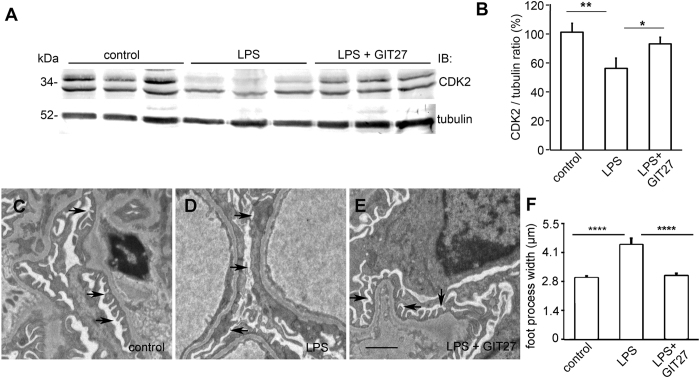Figure 5. Inhibition of the TLR pathway prevents LPS-induced downregulation of CDK2 and podocyte foot process widening in BALB-C mouse kidneys.
(A) Representative immunoblot for CDK2 in control, LPS-treated and LPS- and GIT27-treated mouse kidney cortical lysates. Tubulin is included as a loading control. (B) Quantification of CDK2 in mouse kidney cortical lysates shows that co-treatment of mice with LPS and GIT27 prevents LPS-induced downregulation of CDK2 (n = 6/treatment group). Data are presented as mean ± SEM. *p < 0.05, **p < 0.01 vs. LPS group. (C) Electron microscopy of control mouse kidney shows podocyte foot processes (arrows) regularly lining the glomerular basement membrane around capillary loops. (D) LPS-treatment induces podocyte foot process widening (arrows). (E) GIT27 co-treatment prevents LPS-induced podocyte foot process widening (arrows). Scale bar (C–E): 2 μm. (F) Quantification of podocyte foot process width confirms that LPS causes foot process widening which is prevented by GIT27 co-treatment. Foot process width was calculated from 4 animals per group, 3 glomeruli per animal and 3 capillary loops per glomeruli. Data are presented as mean ± SEM. ****p < 0.0001 vs. LPS group. In (A), mouse kidney cortices were lysed and immunoblotted with anti-CDK2 IgG.

